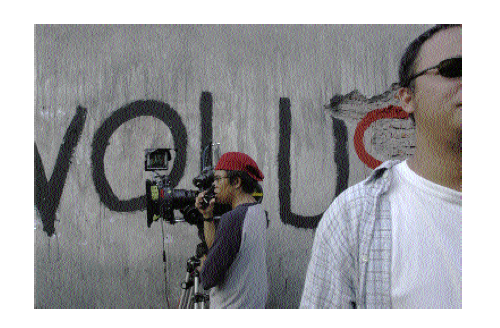1. The Wrath of Mugatu“The Malay had been a fearful enemy for months. I have been every night, through his means, transported into Asiatic scenes…. Southern Asia, in general, is the seat of awful images and associations.”
—Thomas de Quincey, Confessions of an English Opium-Eater (1821)
“The Malay had been a fearful enemy for months. I have been every night, through his means, transported into Asiatic scenes…. Southern Asia, in general, is the seat of awful images and associations.”
—Thomas de Quincey, Confessions of an English Opium-Eater (1821)
In Orientalist literature, the Southeast Asian nation of Malaysia—previously Malaya, the Federated Malay States, and the Malay Archipelago—was the land of Conrad’s noble savages and Maugham’s oblivious colonials. Today, its tourist-board image hinges on more mundane exotica: nice beaches, good food, a friendly multicultural population.
I was born and raised in Malaysia, but have not lived there for more than a dozen years, returning infrequently during that time. The longtime expatriate is susceptible to identity slippage, and one of its stranger forms arises from the gap between how he remembers his homeland and how others perceive it—or as the case may be, how others don’t.
Even among the well-read and well-traveled in cosmopolitan cities like London, where I lived in the early ’90s, and New York, where I have lived since the mid-’90s, Malaysia is routinely confused with one of its neighbors: Indonesia, which trumps it for unambiguous distinctions (world’s largest archipelago and most populous Muslim nation), or Singapore, which was once part of Malaysia and is more flamboyant in its nanny-state tyranny: the chewing-gum ban, the caning of the American kid, the totalizing corporate-park sterility that prompted William Gibson to dub it “Disneyland with the death penalty.” Absent such honorifics, mention of Malaysia, in my experience, prompts faint recognition at best, and that dim spark tends to be connected to one of four things, which collectively suggest that nearly two centuries after De Quincey’s laudanum freakout, Malaysia still exists in the Western consciousness as a shadow realm of “awful images and associations”:
✯ Mahathir Mohamad, the country’s prime minister from 1981 to 2003. One of a dying breed of Asian strongmen, a quasi-despot who outlasted China’s Deng Xiaoping, Indonesia’s Suharto, and Singapore’s Lee Kuan Yew, he was for years a reliable fount of anti-Western (and anti-Semitic) rhetoric. These inflammatory pronouncements were usually blurted, almost Tourette’s-like, in the vicinity of news microphones and other heads of state;
✯ The tallest buildings in the world, between April 1996 and October 2003. The eighty-eight-story Petronas Twin Towers, which protrude like silver corn-ears from the chaotic skyline of the capital Kuala Lumpur, are the work of architect Cesar Pelli (who also designed Manhattan’s World Financial Center) and featured prominently in the 1999 Sean Connery–Catherine Zeta-Jones heist caper Entrapment. The Malaysian government considered banning the movie because of sneaky editing that suggested the buildings were adjacent to “slums” (in reality they...
You have reached your article limit
Sign up for a digital subscription and continue reading all new issues, plus our entire archives, for just $1.50/month.
Already a subscriber? Sign in





